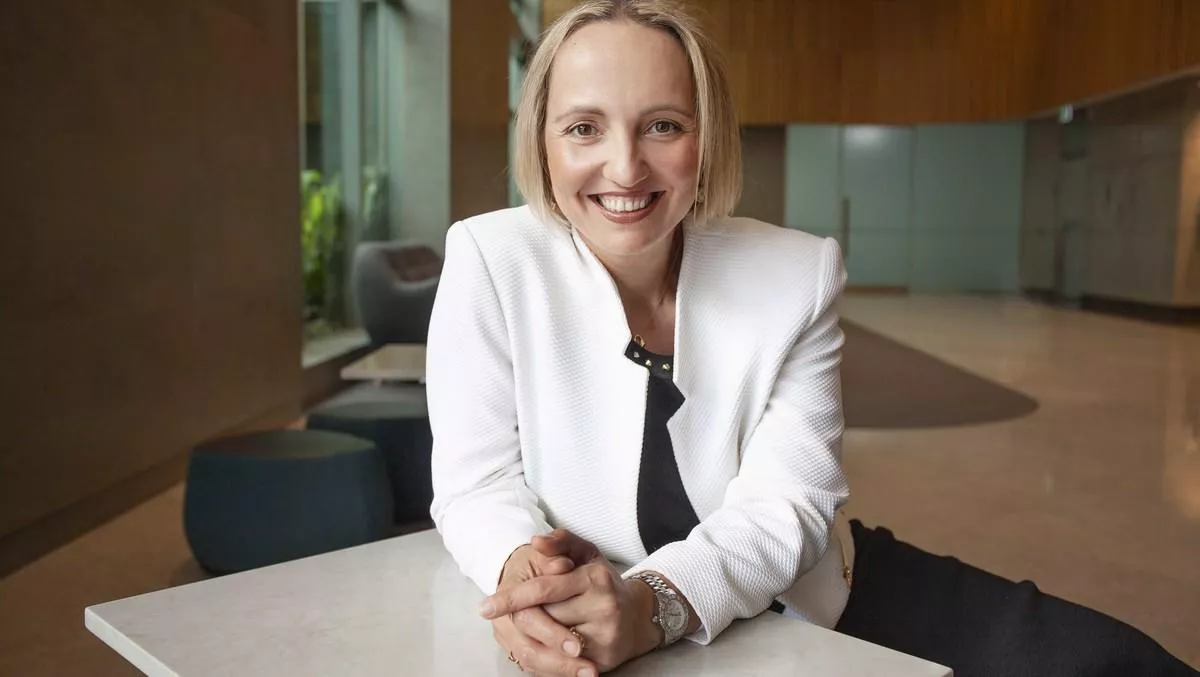
Out of the office but still on the job: Continuous accounting helps finance departments carry on
For finance and accounting teams, the early months of 2020 could best be described as frantic. As the COVID-19 crisis has up-ended the Australian economy and thrown well laid plans into disarray for thousands of businesses and organisations, they've been at the heart of the response efforts. Their remit has included assisting decision makers to identify cost savings, restructuring credit facilities, shoring up cash flow, becoming au fait with government stimulus and support measures, such as the boosting cash flow for employers and JobKeeper payment schemes, and a score of other out-of-the-ordinary activities.
And then there are the run-of-the-mill responsibilities like month-end and quarterly closes, which in many organisations are now having to be carried out by finance professionals working remotely from home, not together in the head office.
Adopting the virtual close
How do-able is this? For organisations which have adopted the continuous accounting model, the answer is 'very'.
An approach to managing the accounting cycle which sees workloads distributed evenly across the accounting period, not concentrated at month-end, the continuous accounting concept is based on three core principles. They are the automation of repetitive accounting processes, the elimination of end-of-month bottlenecks and the establishment of a culture of continuous improvement.
The ability to continuously capture, validate and analyse data in a timely and precise fashion, and to spread the workload across the period, can mean the difference between closing the books on time, in spite of the finance team being spread far and wide, and coming unstuck.
The latter scenario is a real danger for organisations which rely, as many still do, on manual processes, 'tribal knowledge' and in-person communication to get the job done.
Accounting insights that count
Continuous accounting can also be a boon for enterprises which need detailed, up-to-date visibility into their financial positions, not reports which paint a picture of a past which, for many businesses, bears little relation to the status quo.
Being able to extract insights from up-to-the-minute data is a source of competitive advantage during ordinary times. During the current period of coronavirus-induced uncertainty, it's an invaluable aid for executives who are having to make strategic decisions on the fly.
Preparing for a continuous future
Is now the right time for organisations to consider switching to the continuous model, given the seismic economic upheaval currently taking place all around?
Arguably, it's as good a time as any.
The journey can begin by simply reviewing end-of-period processes, to identify items which can be actioned earlier in the cycle – think routine journal entries, the reconciliation of some accounts and miscellaneous write-offs. Distributing these tasks well ahead of time can help finance leaders keep their remote teams working steadily, and keep the organisation on track for an on-time close. Meanwhile, documenting standard procedures can improve the efficiency of training and task sharing and make it easier for team members to pick up the slack for colleagues who fall ill, take leave or resign.
Addressing these people and process issues today can make the embrace of finance automation technology swifter and more seamless, when the time comes to make the switch.
Providing stronger support to businesses through the COVID-19 crisis and beyond
This year has brought challenges and hardship aplenty for Australian businesses, as they've grappled with the extraordinary downturn the COVID-19 crisis has ushered in. It's also been a timely reminder of the critical role finance teams play in helping enterprises remain operational, in all sorts of times. Finance automation can amplify the value of their efforts, by enabling them to keep on keeping on more easily and efficiently, even when they're out of the office.

